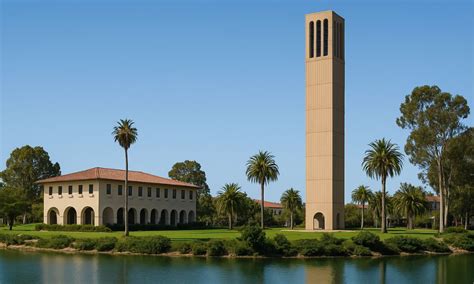The thrill of reeling in a steelhead trout is an experience unlike any other. These anadromous fish, known for their incredible strength and agility, have captivated anglers for centuries. But what exactly are steelhead trout, and where can you find them?
Steelhead trout are a type of rainbow trout that migrates from the ocean back to its native spawning grounds in freshwater rivers and streams. Born in the gravel beds of these waterways, steelhead trout spend their early years in the river before making their way downstream to the ocean, where they mature into adulthood. After spending several years at sea, they return to their birthplace to spawn, completing the cycle.
One of the most distinctive characteristics of steelhead trout is their ability to survive in both freshwater and saltwater environments. This unique adaptation allows them to thrive in a wide range of ecosystems, from the crystal-clear streams of the Pacific Northwest to the rugged coastlines of Alaska.
For those looking to catch steelhead trout, the key is to understand their migratory patterns and habitats. In general, steelhead trout tend to congregate in areas with strong currents, rocky substrate, and abundant food sources. They can be found in a variety of fishing spots, including rivers, streams, estuaries, and even coastal areas.
Some of the most popular steelhead trout fishing spots include:
- The Columbia River, which forms the border between Oregon and Washington
- The Snake River, which flows through Idaho, Oregon, and Washington
- The Skagit River, located in northwest Washington
- The Kenai River, situated on the Kenai Peninsula in Alaska
- The Sacramento River, which flows through California’s Central Valley
When it comes to catching steelhead trout, anglers often employ a variety of techniques, including fly fishing, spin casting, and trolling. The most effective methods typically involve using lures or baits that mimic the natural food sources of steelhead trout, such as salmon eggs, smelt, or herring.
In addition to their impressive fighting ability, steelhead trout are also prized for their delicious flavor and firm texture. Whether grilled, baked, or smoked, steelhead trout make for an unforgettable culinary experience.
For those new to steelhead trout fishing, it’s essential to familiarize yourself with local regulations and guidelines. Many states and countries have specific rules in place to protect steelhead trout populations, including catch limits, size restrictions, and closed seasons.
To get started, consider consulting with local fishing guides, outfitters, or conservation organizations. These experts can provide valuable insights into the best fishing spots, techniques, and practices for catching steelhead trout while minimizing your impact on the environment.
Some popular resources for steelhead trout fishing include:
- The National Oceanic and Atmospheric Administration (NOAA) Fisheries website, which provides information on steelhead trout conservation and management
- The U.S. Fish and Wildlife Service website, which offers guidance on fishing regulations and permits
- Local fishing reports and forums, which can provide up-to-date information on steelhead trout migrations and fishing conditions
By understanding the habits and habitats of steelhead trout, anglers can increase their chances of landing these incredible fish. Whether you’re a seasoned pro or just starting out, the thrill of reeling in a steelhead trout is an experience you’ll never forget.
What is the best time of year to catch steelhead trout?
+The best time to catch steelhead trout varies depending on the location and specific fishing spot. In general, steelhead trout migrations tend to occur during the winter and spring months, with the peak season typically occurring between December and April.
What is the average size of a steelhead trout?
+The average size of a steelhead trout can vary depending on the location and time of year. However, most steelhead trout typically range in size from 5-15 pounds (2.3-6.8 kg), with some individuals reaching up to 20 pounds (9 kg) or more.
Are steelhead trout endangered?
+Some populations of steelhead trout are listed as endangered or threatened under the Endangered Species Act (ESA). However, conservation efforts and management practices are in place to protect and restore steelhead trout populations. It's essential to check with local authorities and follow regulations to ensure the long-term sustainability of steelhead trout fisheries.
In conclusion, steelhead trout are an iconic species that offer a unique and exciting fishing experience. By understanding their habits, habitats, and migratory patterns, anglers can increase their chances of landing these incredible fish. Whether you’re a seasoned pro or just starting out, the thrill of reeling in a steelhead trout is an experience you’ll never forget. With the right techniques, gear, and knowledge, you can join the ranks of steelhead trout enthusiasts and enjoy the thrill of the catch.
According to a study published in the Journal of Fish and Wildlife Management, steelhead trout populations have been declining in recent years due to habitat degradation, overfishing, and climate change. As a result, it's essential for anglers to practice catch-and-release fishing and follow local regulations to help conserve steelhead trout populations.
By working together to protect and conserve steelhead trout populations, we can ensure the long-term sustainability of these incredible fish and the ecosystems they inhabit. Whether you’re an experienced angler or just starting out, the thrill of reeling in a steelhead trout is an experience that awaits you. So why not grab your gear, head to your nearest steelhead trout fishing spot, and see what the excitement is all about?



